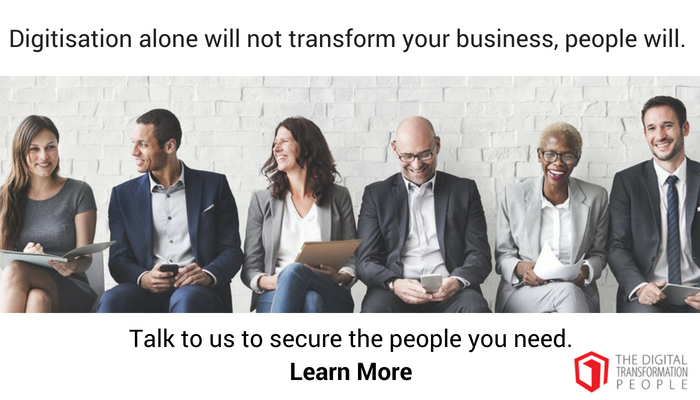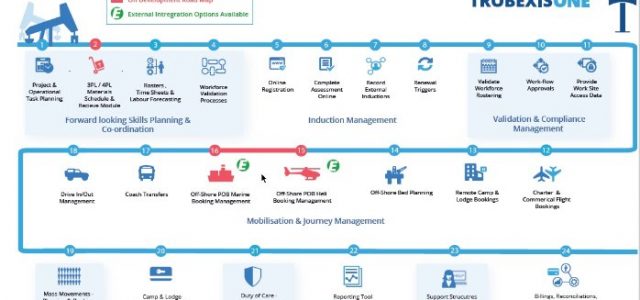If you’ve read my posts before, you know I’ve got this obsession with funnels and flipping them upside down :). Today, I want to talk about another shape: a circle. There’s one particular circle I want to talk about: The Golden Circle.
This innovative concept was presented by Simon Sinek in his TED Talk “Start with Why”. You can watch it here. It’s super inspiring and challenges the status quo at its core when it comes to identifying the purpose of whatever you want to do in life or business. It simply could be the best 20 mins you spend today!
The highlight of Simon’s presentation is his discovery of The Golden Circle. There are three parts of The Golden Circle: Why, How, and What. I’d like to offer my own interpretation of this model as it applies to B2B marketing and sales professionals, starting the outside and work my way in.
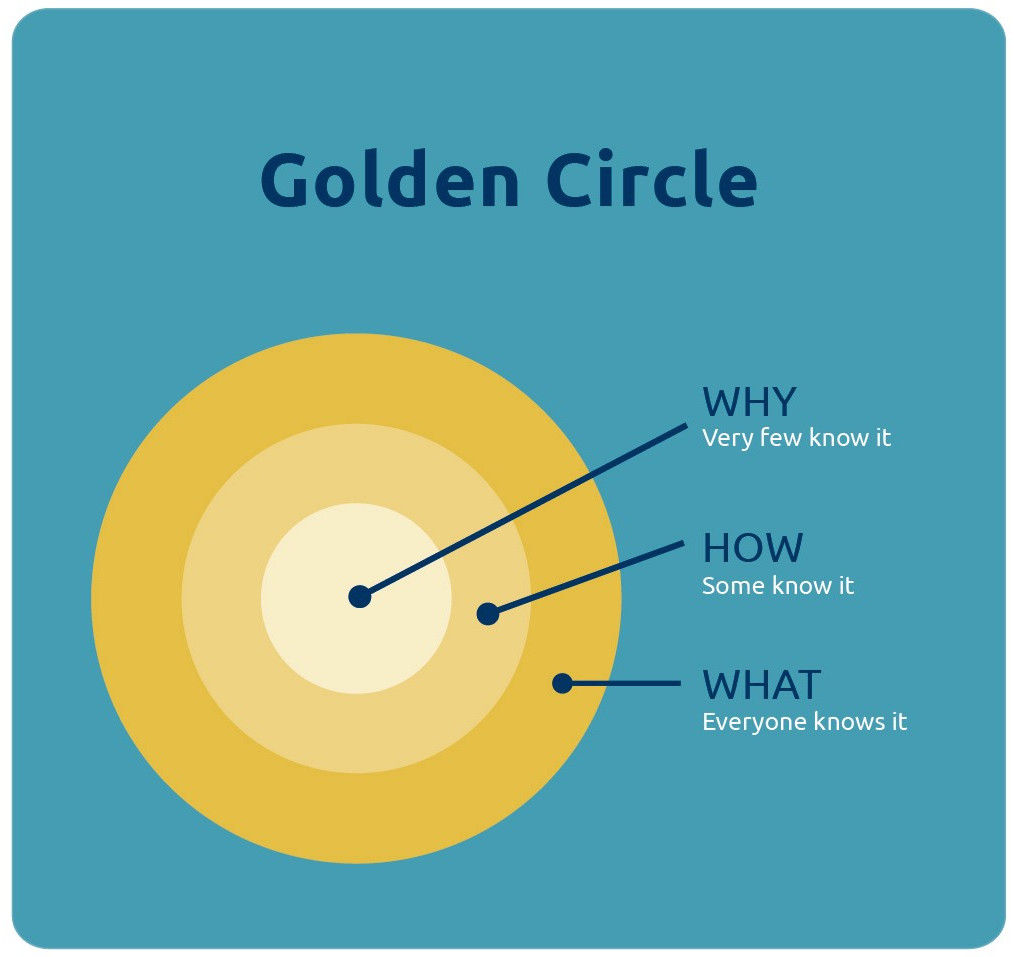
What? Every B2B sales and marketing (“smarketing”) organization knows what they do. They know what their mission is, the product or service they’re offering, and what they charge their customers to do business.
How? Some B2B “smarketing” teams know how they have achieved success for their customers. Some may have written a value proposition, looked at sales data, and have a few keen insights into how they can deliver their offering to the best-fit customers.
Why? Simon suggests, “very few organizations know why they do what they do. And by why I don’t mean to make a profit: that’s a result…I mean what’s your purpose?” Very few B2B “smarketing” professionals answer this question.
Why does your organization exist?
And this is a question which applies directly to the B2B buyer’s journey and extends into the customer journey. The way we traditionally have interacted with our prospects follows the same path.
The way we think, act and communicate typically moves from outside-to-inside of the circle. This means we start with explaining to our prospects what we do, how we do it, and maybe (if we’re lucky) the prospect sticks around long enough for us to explain why our business exists.
But we need to start from the inside.
The conversation with our prospects needs to begin with why our business exists. We need to find those best-fit prospects who care about why we’re here. Then we can talk about how we might be able to solve a pain point or need the prospect is experiencing, finally presenting what our solution is in the form of our company’s product or service.
Alright, maybe I will have to talk about funnels. This is the same model I’m proposing modern B2B “smarketing” teams should use with #FlipMyFunnel.
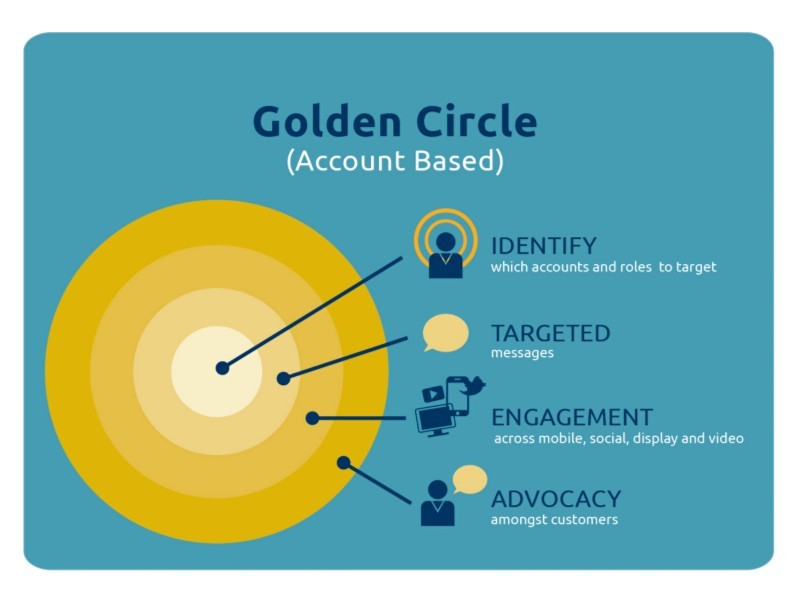
Or If you like funnels, here’s another way to look at it.
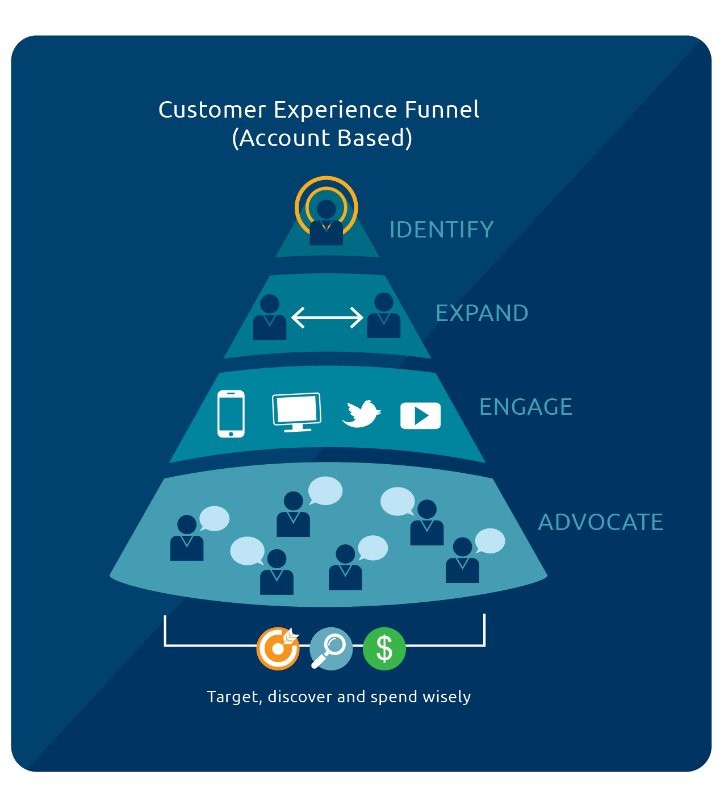
See, I even have my own golden circle at the top of this funnel?!
Like with Simon’s model, we know why our business exists, and it’s to service those companies that are our best-fit customers. To add another layer, we also know who we want to target in those companies using the personas we’ve created.
Despite having this knowledge, we do a terrible job of targeting them because the only way we know how to do it is by blasting them with email and calling them repeatedly.
We are wasting a ton of money, time and effort chasing people who will never buy from us.
Sadly, B2B marketers get caught up in the what with all their activities, calls, and emails, instead of focusing on the who and why. In an era where our executive stakeholders are expecting real revenue on a shoestring budget, we can not afford to throw money down the drain with little results to show for it.
It’s time for marketers to start by clearly defining their ideal customer profiles and personas.
Then, you create messages that specifically target those companies and roles. Finally, you engage them on their terms across all channels — on and offline. Why should you market this way? Simply put, it is how your customers want to be marketed to and that is what will ultimately yield you the best results.
I took the liberty of modifying the golden circle to apply it for account-based marketing. Here are 4 ways B2B marketers can use The Golden Circle for ABM.
1. Identify – The best-fit customers.
First, we need to find our best-fit customers. That might seem like a daunting task, but trust me, it’s not as hard as you think because you’re starting with your own data. Unless you’re a brand new company just getting off the ground, you have a CRM filled with data on your customers. Start by examining your own customer base to find who your “VIP” or best-fit clients are for your business, then ask yourself The Golden Circle questions:
- Why did they decide to do business with you?
- How are they succeeding as your customers?
- What defines these companies in terms of industry and size (employees and/or revenue)?
- Who is the end user in terms of job role and responsibilities?
This can start as a manual process. The good news is there are plenty of amazing technologies out there today that easily allow us to identify a list of companies that fit our best-fit customer criteria.
From there, you can look for prospects who match the same criteria, and this becomes our target list of companies and people for marketing. Why start anywhere else? On to the next step.
2. Expand – The roles you want to target.
This is a tough one because most marketers are so stuck in the lead-based marketing world that it’s not quite clear how we can expand our reach to people and influencers in our target list of companies.
Expanding the reach in your target companies is how one can make sure everyone who could play a part in the decision-making the process is now seeing your message. For account-based marketing, we call this expanding our reach to contacts in the account. Let’s think about it in terms of The Golden Circle.
- Why would these additional contacts want to use your product or service? Is there a need you can help them solve?
- How do your present your message to these additional contacts so it resonates?
- What type of content do you use to deliver this message?
This brings me to the next step in the flipped funnel for ABM which every B2B marketer is already familiar with…
3. Engage – On customer terms.
This is where we utilize our content and channels. Think about email, webinars, e-books, targeted ads, videos, events, and any programmatic or automated ways you use to get in front of your target audience.
Yes, your target audience, not just anyone and everyone in the ecosphere like the traditional funnel. This is typically the first step in the traditional funnel and how most marketers operate, but that’s the what. Let’s consider engagement using The Golden Circle:
- Why would your prospect want to build a relationship with your business?
- How do you engage them as a prospect and create an opportunity?
- What strategies need to be put in place with tactical actions (such as hosting an event) to create velocity and develop this prospect into an opportunity, then hopefully a customer?
4. Advocate – Turn customers into fans!
Turning your customers into raving fans is one of the most underutilized strategies of all time in today’s marketing, despite the fact that retaining current customers is far cheaper than bringing in new ones. The Golden Circle can absolutely be used for creating customer advocates. Here are the questions to ask:
- Why did our customers choose to business with us?
- How do we continue to provide value?
- What else do we need to offer our customers?
What are your thoughts? How do you think B2B marketing and sales professional can use account-based marketing using the logic of The Golden Circle?
Article by channel:
Everything you need to know about Digital Transformation
The best articles, news and events direct to your inbox
Read more articles tagged: Digital Marketing, Featured




